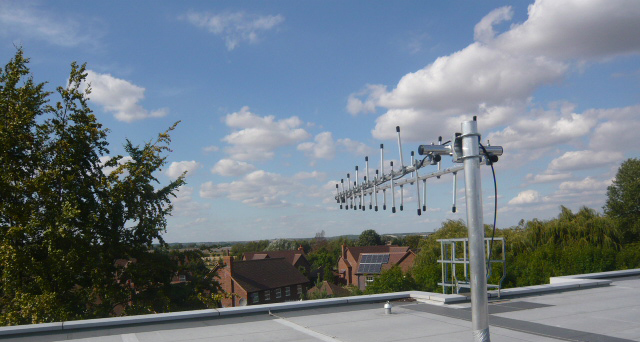Google Gains Approval For White Space Broadband

Google has received FCC approval to progress plans for white space broadband in the United States
Google began a white space trial in the United States in 2010 after two years of delays following its initial 2008 announcement of the effort. The first tests were done at Hocking Valley Community Hospital in Logan, Ohio. Google helped the hospital outfit first-responder vehicles with the network.
TV broadcasters and wireless microphone makers had opposed freeing up the white space spectrum for Internet transmissions, claiming it would interfere with their broadcast signals and wireless microphones. These groups sued the FCC in 2009 to stop the spectrum from going public.
 The TV white spaces are vacant airwaves between TV channels that can power speedy wireless broadband networks. TV airwave signals can travel far and deep – through walls, in fact – making the spectrum well-suited for mobile devices that connect wirelessly to the Web, such as smartphones and tablet computers.
The TV white spaces are vacant airwaves between TV channels that can power speedy wireless broadband networks. TV airwave signals can travel far and deep – through walls, in fact – making the spectrum well-suited for mobile devices that connect wirelessly to the Web, such as smartphones and tablet computers.
Google, Facebook and other Internet companies covet this spectrum because they want to propagate their Web applications on smartphones, tablets, TVs and any device that will connect to the Internet.
Balloon Connectivity
The FCC had preapproved white space use for the public in 2008, but the effort eventually became bogged down.
Google often works on projects that aim to expand the availability of Internet access around the world. In June, the company announced that it is experimenting with a series of high-altitude balloons over New Zealand to build a high-speed Internet network that could be used to bring affordable Internet service to far-flung locations around the world for the first time.
The experiment, called Project Loon, is being touted as a high-tech way to create Internet connections for two-thirds of the people in the world who currently don’t have Internet access due to high costs and the difficulty of stringing connections in rural and far-flung parts of the world. The balloons will float in the stratosphere, twice as high as aeroplanes and the weather, and can be steered by rising or descending to an altitude with winds moving in the desired direction, according to Google.
Do you know the secrets of Wi-Fi? Take our quiz!
Originally published on eWeek.